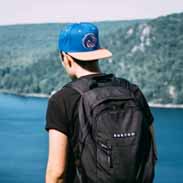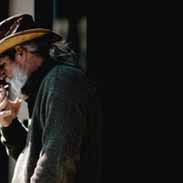Continuing Education Units Flashcards, test questions and answers
Discover flashcards, test exam answers, and assignments to help you learn more about Continuing Education Units and other subjects. Don’t miss the chance to use them for more effective college education. Use our database of questions and answers on Continuing Education Units and get quick solutions for your test.
What is Continuing Education Units?
Continuing Education Units (CEUs) are a form of non-degree academic credit that is used to recognize successful completion of educational programs. They can be awarded in any subject area and are typically offered by accredited universities, professional organizations, and other learning institutions. CEUs often provide an opportunity for individuals to stay abreast of the latest developments in their field or gain specialized knowledge without enrolling in a full degree program.CEUs are usually earned by attending lectures, seminars, workshops, conferences, or other educational events. During the event, participants must demonstrate that they have understood and applied what they have learned through quizzes and tests given at the end of each session. Upon completion of all requirementswhich may include attendance records and/or proof of work completedan individual may receive one CEU per 10 hours spent on the activity or coursework. The value of CEUs varies from institution to institution but is generally viewed as a valuable asset for anyone looking to advance their career or gain additional professional qualifications. For instance, many employers recognize CEUs when considering promotions or hiring decisions; alternatively, some professions require them for license renewal or certification maintenance. Furthermore, earning CEUs allows individuals to keep up with changes in their industry while simultaneously boosting their resume credentials within it. Overall, Continuing Education Units offer a great way for those who already hold an undergraduate degreeor even those who don’tto become more knowledgeable in certain areas while developing their professional networks and credentials.











